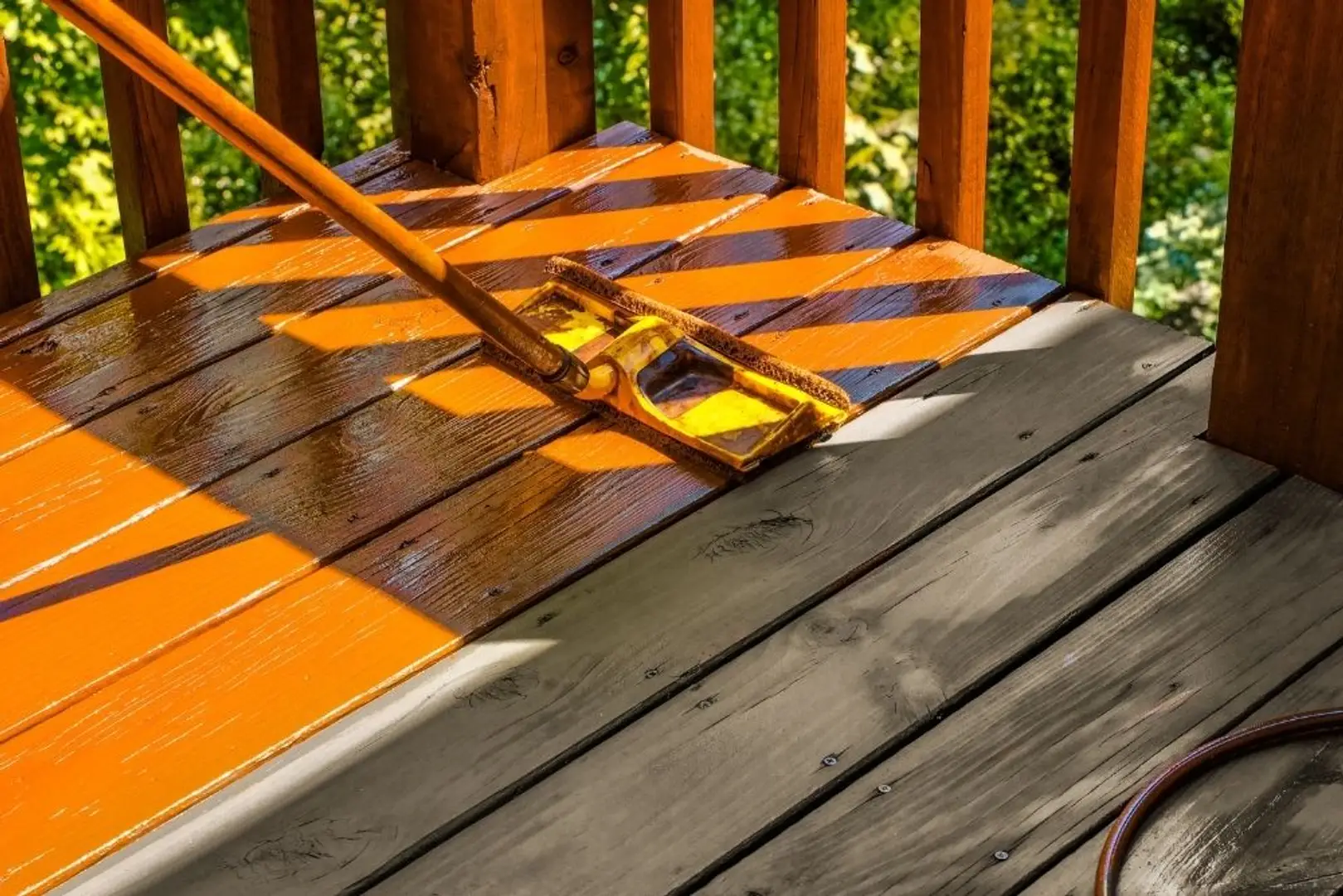

Is Staining Wood Cheaper Than Painting?
When it comes to refreshing or protecting wooden surfaces, homeowners and professionals often debate between staining and painting. Both options have their benefits, but one question keeps popping up: is staining wood cheaper than painting? Understanding the cost differences can help you make a practical and budget-friendly decision for your home or commercial project.
Wood finishing is not just about aesthetics. It also plays a critical role in protecting surfaces from damage, weathering, and wear over time. While painting covers the wood completely, staining enhances its natural beauty while providing protection. The cost difference often comes down to materials, preparation, and labor requirements.
Materials and Initial Costs
When comparing wood staining and painting, material costs are one of the first things to consider. High-quality paints, primers, and sealants can be expensive. On average, painting may require:
- Primer
- Paint (multiple coats)
- Topcoat or sealant
In contrast, staining usually requires fewer products: a stain and a protective finish, such as polyurethane or varnish. This often makes the initial material cost for staining lower than painting.
Another factor is surface preparation. Painting generally requires sanding, filling gaps, and priming to ensure a smooth and long-lasting finish. Staining usually requires only light sanding, especially if the wood is in good condition. This reduces the amount of labor and time, which can further lower costs.
If you are looking for professional help, local experts can handle the job efficiently. For instance, Wood Staining Services in Sweetwater, TX offer specialized solutions that balance cost and quality, helping homeowners save money without compromising the wood’s appearance.
Labor Costs and Time
Labor costs can significantly influence whether staining is cheaper than painting. Painting requires multiple steps and layers, which adds time and effort. Depending on the wood type and surface condition, the process might take several days to complete.
Staining, on the other hand, usually involves fewer coats and less drying time. This makes it faster to complete, especially for interior projects like cabinets, doors, or furniture. As a result, labor costs for staining are often lower than painting.
It’s also worth noting that the skill level required for staining is slightly less intensive than painting. While both require attention to detail, mistakes in painting are more noticeable and may require touch-ups or re-coating. Staining tends to be more forgiving, reducing the chance of extra labor costs.
Longevity and Maintenance
While staining may be cheaper upfront, maintenance is an important factor to consider. Painted surfaces often last longer without fading, especially when exposed to sunlight or harsh weather. Stains, particularly lighter shades, may require reapplication every few years to maintain their appearance and protective qualities.
However, some high-quality stains can last a decade or more with proper maintenance. The key is to select durable products and apply them correctly. This balance between cost, longevity, and appearance should guide your decision.
Aesthetic Considerations
The choice between staining and painting isn’t purely financial. Staining enhances the natural texture and color of the wood, giving a warm and timeless appearance. Painting, however, offers more flexibility with colors and can completely transform the look of a room or exterior.
For homeowners who want a natural wood look while keeping costs low, staining often proves to be a more attractive and affordable option. It’s also ideal for highlighting the wood grain in furniture, cabinets, or flooring.
Professional Services Make a Difference
Hiring professionals can make the staining or painting process smoother and more efficient. For example, companies like Hartrum Painting and Wallcovering are known for delivering high-quality finishes at competitive prices. They have years of experience handling wood surfaces, ensuring even application, long-lasting results, and minimal mess.
Working with a reputable company can also save you time and stress. Professionals can advise on the best type of stain or paint for your project, prepare the surface properly, and apply finishes that maximize durability. This expertise often outweighs the slightly higher upfront cost compared to DIY methods.
Choosing the Right Solution
When deciding, consider the type of wood, exposure to sunlight and moisture, desired appearance, and budget. For instance, cabinets and furniture often benefit more from staining, while exterior siding or walls may require painting to withstand weather conditions.
For residents in Sweetwater, TX, hiring Wood Staining Services in Sweetwater, TX can ensure a professional finish that lasts longer while staying cost-effective. Working with experts like Hartrum Painting and Wallcovering guarantees proper preparation, application, and clean-up. Their team is known for quality workmanship, timely service, and personalized advice, making them a reliable choice in the market.
Conclusion
Staining wood is generally more cost-effective than painting due to lower material and labor costs. While it may require occasional maintenance, staining preserves the natural beauty of wood and offers a warm, classic look. Painting, while more expensive upfront, provides broader color options and higher durability.
Ultimately, the best choice depends on your project, budget, and aesthetic goals. Consulting professionals like Hartrum Painting and Wallcovering can help you make an informed decision and achieve a finish that lasts.
Related Posts
© 2025 Invastor. All Rights Reserved

User Comments